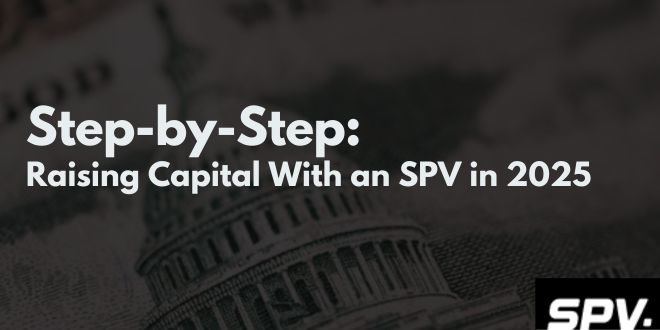
Step-by-Step: Raising Capital With an SPV in 2025
Raising money used to feel like dragging a sack of rocks uphill in flip-flops, but modern founders have discovered a lighter tool kit. Among the most versatile is the single-deal entity known as an SPV. By bundling investors into one tidy box, you get speed, clarity, and—if you play your cards right—less paperwork fatigue.
In this guide, we will walk through each stage of the process so you can court capital with confidence. For the sake of clarity, we will mention Special Purpose Vehicles only this once and then dive straight into the fun stuff.
Frame Your Fundraising Story
Before a single dollar appears, you need a sharp narrative. Investors are bombarded with pitch decks; yours should feel like a plot twist they did not see coming. Trim out corporate clichés. Explain the market gap in plain English, show where your solution plugs in, and sprinkle in a memorable analogy so it sticks.
If you are building an AI-based avocado marketplace, say so clearly and explain why the world desperately needs smarter guacamole logistics. Keep it succinct and vivid, like a movie trailer that leaves the audience wanting more.
Define the Deal Terms Early
Surprises belong in birthday parties, not capital calls. Spell out the target raise, minimum commitments, equity percentage, and projected timeline right from the jump. Transparency calms investor nerves and prevents awkward back-pedaling later.
Pick the Right Investor Persona
Filtering is not rude—it saves everyone time. Decide whether you are courting angels, micro-VCs, or a clutch of friends who have extra cash and obsession with avocados. Tailor your pitch language and expected reporting cadence to match their sophistication level.
Choose a Platform or Provider
In 2025, creating an SPV no longer requires a secret handshake or arcane legal spells. Several tech platforms let you spin up an entity almost as easily as opening a checking account.
Compare Costs and Timelines
Providers compete on speed, service, and fees. Some charge a flat setup rate; others take a slice of carried interest. Map these costs against your projected raise to avoid sticker shock. Also check their average formation time—nobody wants their capital trapped in signup purgatory.
Examine Support and Compliance Features
An SPV lives and dies by flawless paperwork. Good platforms automate KYC checks, file annual reports, and issue K-1s without you sweating through your laptop keyboard at 2 a.m. Bonus points if they integrate with your cap-table software so you can skip double data entry.
Draft the Subscription Documents
Paperless does not mean detail-less. You will send potential investors a subscription agreement outlining rights, obligations, and that tiny section you hope nobody abuses: transfer restrictions. Work with counsel—or the platform’s template—to make sure the language is tight enough to hold water but not so tight that it strangles flexibility.
Simplify the Signature Flow
Digital signatures shave days off the process and keep docs from going AWOL in someone’s spam folder. Use a secure e-sign service, tag the signature lines correctly, and enable automatic reminders so no one forgets to click the big blue button.
Clarify Wiring Instructions
Lost wires are like socks in a dryer—mysteriously gone and annoyingly hard to track. Provide crystal-clear banking details, reference codes, and a contact email for any hiccups. A quick test wire on your own dime ensures the pipeline works before real money starts surfing through.
Open the Dedicated Bank Account
An SPV bank account should be a fortress with Wi-Fi. Pick a banking partner used to handling investment vehicles, preferably one that syncs with your accounting platform. Set up dual-control approvals so no rogue withdrawal sneaks out, and label the account with the SPV’s legal name to appease auditors.
Record Capital Contributions Promptly
Each deposit deserves a digital paper trail. Log the date, amount, and investor name as soon as funds hit. Your future self—now living in audit season—will thank you.
Issue Ownership Notices
Once money lands, confirm ownership stakes via a professionally formatted notice. Investors love seeing their capital converted into something tangible, even if it is just pixels on a PDF.
Close the Vehicle and Deploy Funds
When you reach the target raise or hit your deadline, slam the metaphorical garage door. Circulate a closing memo announcing that the SPV is officially fully subscribed. Then, press the “send” button to wire money to the target company. Congratulations—you have transformed a cluster of individual checks into one neat investment.
Update the Cap Table
The portfolio company will add your SPV as a single line item, sparing its cap-table from looking like a yard sale receipt. Confirm the entry matches your ownership percentage to the decimal place.
Announce the Milestone
A quick celebratory note to investors keeps momentum alive. Include a one-sentence win (“We closed the round in three weeks!”) and a teaser of next steps (“Product launch scheduled for Q3.”). Enthusiasm breeds loyalty, and loyal investors write repeat checks.
Manage Ongoing Compliance
An SPV is not a crock-pot—you cannot set it and forget it. Annual filings, tax documents, and investor updates need attention.
Schedule Reporting Cadence
Pick a rhythm—quarterly, semi-annual, or when major milestones hit—and stick to it. Consistency beats frequency. A well-timed update packed with genuine progress keeps inboxes happy.
Budget for Administrative Expenses
Even streamlined platforms charge maintenance fees. Add these costs to your financial model so you are not rattled when the invoice pings your inbox next April.
Plan the Exit Strategy
A tidy exit equals happy investors and a glowing founder reputation. Outline potential liquidity events: acquisition, secondary sale, or public listing. Knowing how the story could end helps everyone stay calm during plot twists.
Prepare Distribution Mechanics
Decide whether proceeds will roll to investors pro rata or recycle into another deal. Spell this out in the operating agreement upfront, then revisit as the outcome horizon sharpens.
Communicate Timelines Realistically
Exit dates are forecasts, not promises. Share a range—say, “between 2027 and 2029”—and update if winds change. Investors prefer a clear weather report to blind optimism.
Conclusion
Raising capital through an SPV in 2025 feels less like a legal labyrinth and more like assembling a high-tech LEGO set. Each brick—storytelling, platform selection, paperwork, banking, compliance—snaps together neatly when handled in order.
Treat your investors like partners, keep your paperwork airtight, and sprinkle in a bit of human warmth. With those moves, your fundraising journey can shift from uphill slog to confident stride, leaving you free to focus on building the next big thing.

Recent Posts
Newsletter
Get Latest News and Updates From VID.co! Enter Your Email Address Below.
Ready to get started with SPV formation?
Our team is here to guide you through every step, whether you’re launching a real estate SPV or need a tailored white label solution. Contact us today for a personalized consultation and find out how SPV.co can streamline your investment management.

.svg)


%201.svg)





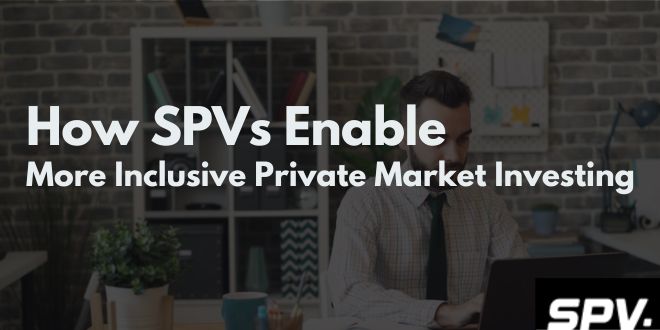





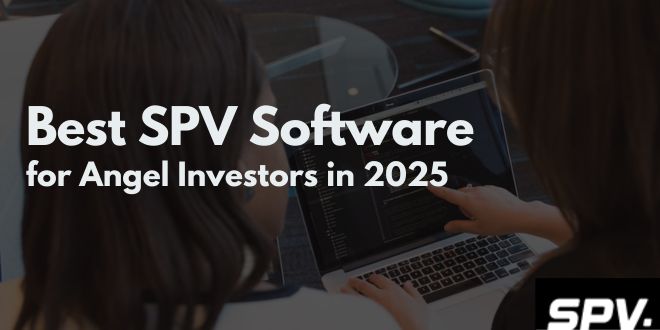
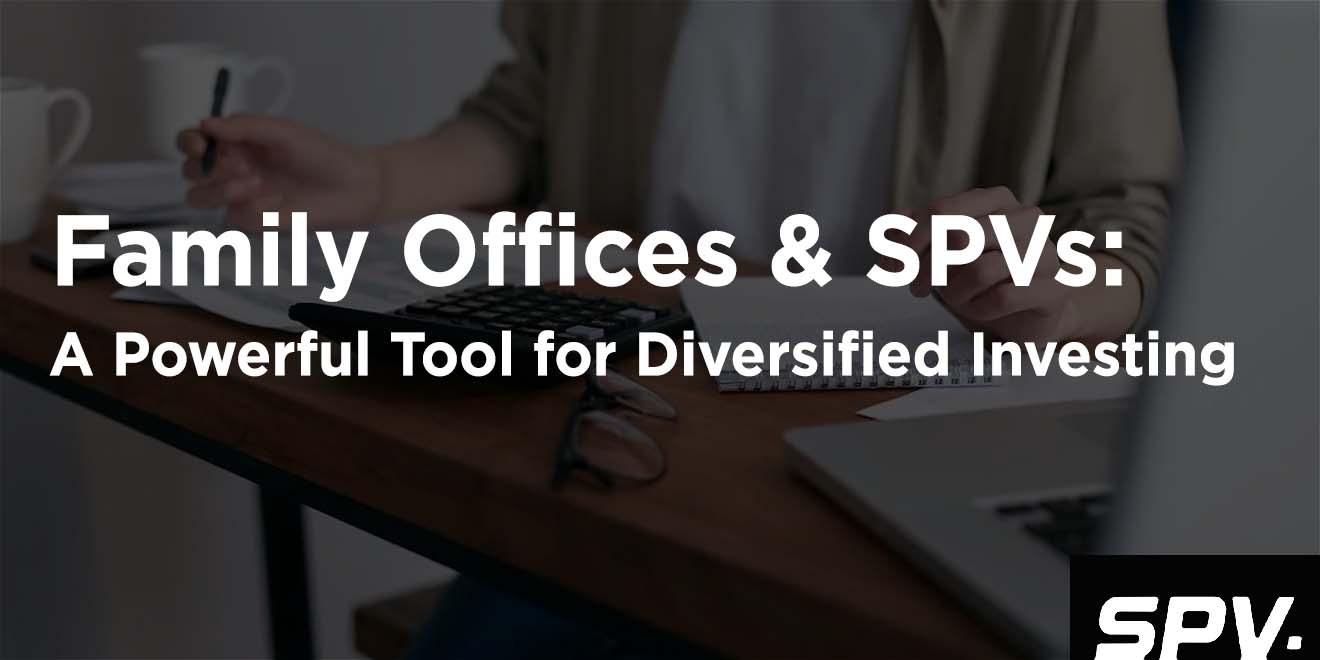



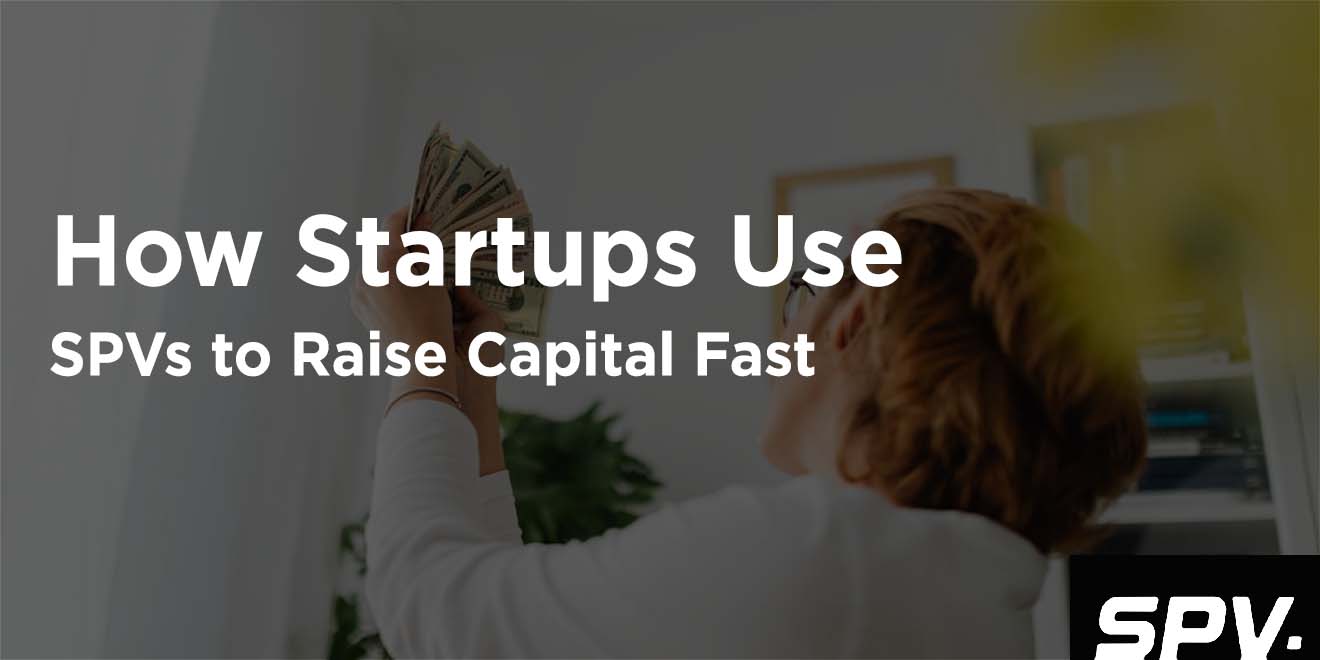


.jpg)


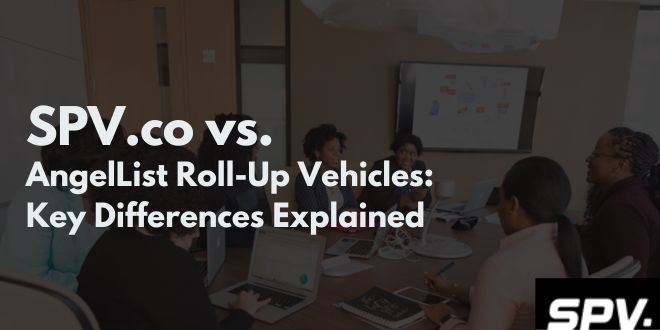


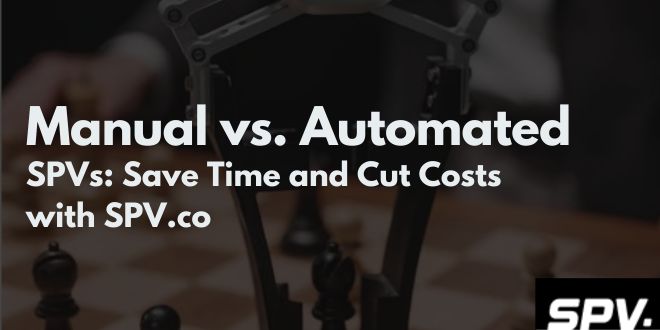











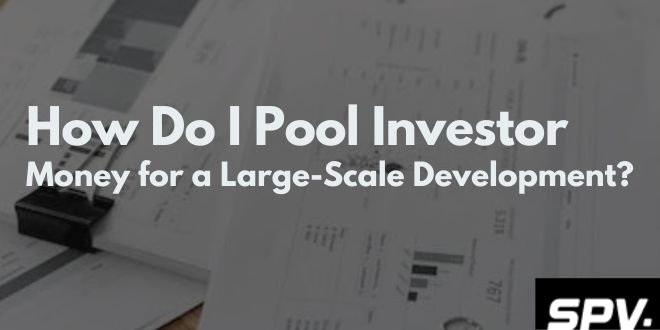


.jpg)










.jpg)




.jpg)
.jpg)





